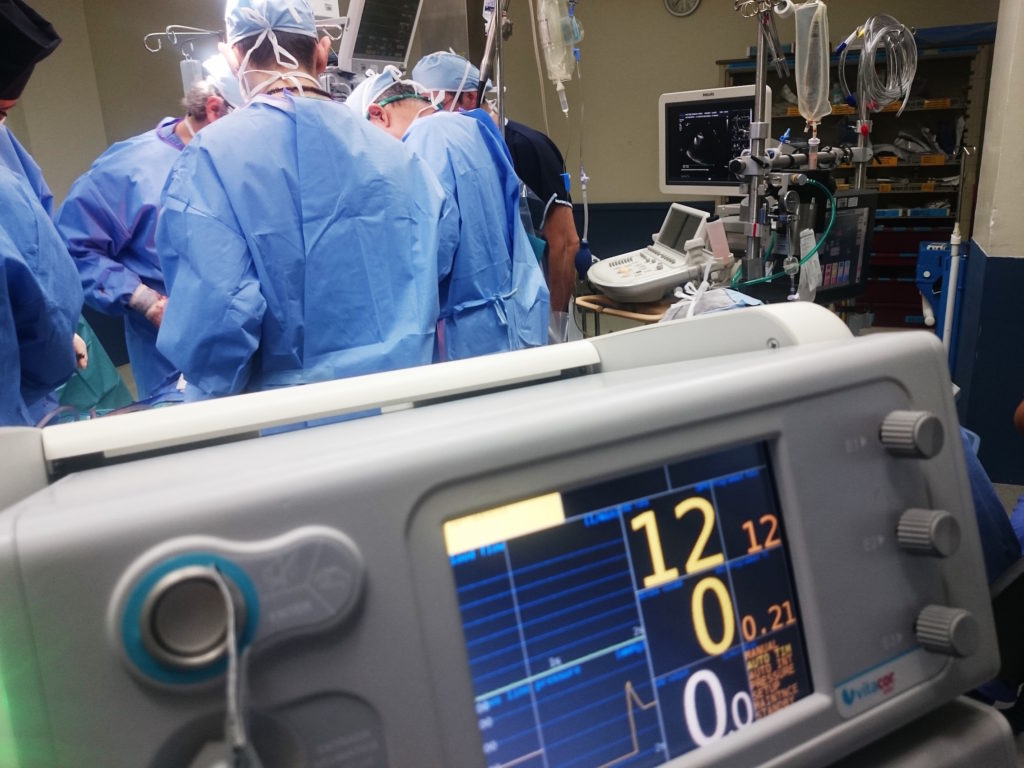The word Qi is arguably the most misinterpreted word in Chinese medicine today. Why?
Because Qi is often referred to as energy.
In fact, there are twelve meanings of Qi in Chinese to English medical dictionaries.
However. energy isn’t one of them.
This means that much of the information you’ll read on Google or Wikipedia about Chinese medicine is completely false!
In this article I uncover the meaning of Qi. This alone will radically transform your perception of what Chinese medicine really is.
Qi Is Not Energy!
According to two PhD’s, and leading expert’s Unschuld and Tessenow in the the Huang Di Nei Jing (the most famous ancient Chinese medical text):
“Qi is one of the very few Chinese terms we have chosen to transliterate rather than translate. It should be noted that the translation of Qi as “Energy”, so widespread today, lacks any historical basis.”
What Went Wrong?
It all started in the 1930’s when a French diplomat named George De Morant who lived in China decided to write three books on Chinese medicine and Acupuncture.
He was a popular writer on Chinese culture at the time.
The problem is that he lacked knowledge in the ancient Chinese language that the Huang Di Nei Jing Was written in, let alone Chinese medicine. .
It turns out he made two critical errors.
He translated the word Qi as Energy and the word Mai as Meridian. Both energy and meridian, have no historical basis or application of any known treatment in the history of Chinese medicine.
What is Qi In Medical Terms?
- Vapour
- Vital air
- The essence of air.
Mai Is Not Meridian
George De Morant was the first person in history to translate the word Mai as meridian.
The problem was the concept of a meridian in China didn’t even exist. He made it up.
The translation of by PhD’s in the language is vessel or Xue Mai, meaning blood vessel.
Here are 9 examples from ancient texts that show that Chinese medicine is based on real physiology, not imaginary energy meridians.
These come direct from ancient quotes. it’s obvious that the term “meridian’ refers to vessels that were visible to the naked eye and palpable with the hands.
The following were researched and complied based on the work of Dr. Zhang Shi Ping and Marcus Gadau from the school of Chinese medicine, Hong Kong,
Example 1: Source – Nan Jing, Lun Mai, First Chapter, (206 B.C – 9A.D.):
“The twelve channels all have pulses.”
Example 2: Source – Huang Di Nei Jing, Ling Shu, Chapter 10, (206 BC-220AD)
“The twelve major channels lie hidden while traveling between the divisions of the flesh. They are deep and invisible, except for the leg Tai Yin (bladder channel), which passes through the upper part of the lateral malleolus and may be frequently seen.
Example 3: Source – Huang Di Nei Jing, Ling Shu, Chapter 12 (206 BC – 220 AD):
“For a man who is of the average eight chi, the skin and flesh, and the external boundaries and limits may be measured, and the pulse taken. Upon death, examination can reveal and disclose. There are great standard measures to the existence of the viscera being: strong or weak; the bowels being large or small; the valleys (the amount of grain inside the hollow organs) being plentiful or sparse; the vessels being long or short; the blood being clear or turbid; the qi (oxygen) being plentiful or sparse”.
Example 4 Source The Book of Han (Han Shu), Volume 99 (111 AD):
“Measure the five Zang, use bamboo stick to measure the beginning and end of this vessel.”
Example 5: Source – An illustrated manual of Acupuncture points of the Bronze Figure (1027 AD):
“The acupuncture points at the trunk were arranged by sections, somewhat similar to dermatomes, whereas those at the limbs were arranged according to a vessel system”.
Example 6: Source – Huang Di Nei Jing, Su Wen, Chapter 39 (206 BC-220 AD):
“The vessels/channels run ceaselessly and circle incessantly. Where Cold aggresses the vessels, the blood will be made scanty there. If it resides inside the vessels, the qi will be obstructed, so pains ensure suddenly”.
Example 7: Source – Huang Di Nei Jing, Su Wen, Chapter 39 (206 BC – 220 AD):
“If the cold resides outside the vessels, then the vessels become cold. When the vessels become cold, they shrink. The shrinkage makes the vessels spasmodic and the spasms radiate to the little blood vessels outside, so the pain occurs abruptly, while it ends quickly when being given heat. If the patient is hit by cold repeatedly, the pain will be protracted”.
Example 8: Source Huang Di Nei Jing, Su Wen, Chapter 9 (206BC-220 AD):
“The cold settles in the foot greater yang bladder vessel and obstructs it. The obstructed vessel causes the blood to be deficient. The blood deficiency produces pain”.
Example 9: Source – Huang Di Nei Jing, Su Wen, Chapter 39 (206 BC – 220 AD):
“The cold resides in the vessel/channel and wrestles with the hot qi, so the vessel becomes full, and the fullness makes the pain resistant to pressure. The cold lingers and the hot qi fights against it, so the vessels are dilated and the blood and qi become disordered. Therefore the pain is severe and cannot bear pressure”.
These don’t sound like meridians that circulates imaginary energy to me.
They are blood vessels found via dissection that carry vital air, blood and nutrient in order to support life.
About The Author

David is a registered Acupuncturist and Chinese medicine practitioner in Melbourne, Australia, and is the author of The Pocketbook guide to Chinese medicine. Connect with me on Facebook, Instagram and YouTube
If you got value from this article, please comment below!
Sharing is caring!
